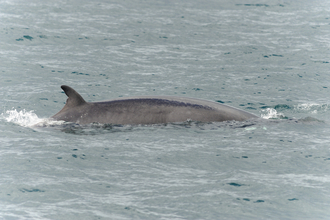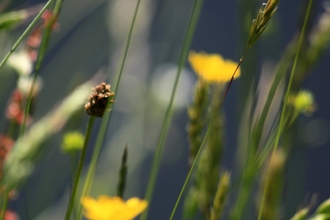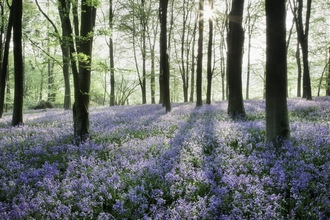We’re at the tipping point in the Earth’s fight against climate change. Our wildlife is in decline, habitats are disappearing, and sea-levels are rising. But the Earth has loads of super ways to fight off the villainous climate crisis: from woodlands to peat bogs to whales! It’s time to team up with the planet – to save the world!
Tom Hibbert
Grassland
It’s not just trees that store carbon, our grasslands do an heroic job of it too! They team up with the flowers, plants, fungi, minibeasts and all the bacteria that lives in the soil to capture carbon and trap it away where it can’t harm our atmosphere. We’ve lost about 97% of our natural grasslands, so if we can restore some of these habitats then we can help the Earth fight the climate crisis!
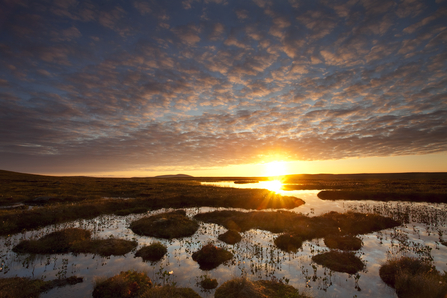
Mark Hamblin/2020Vision
Peatland
Peatlands are the underdogs of our habitats - they store a whopping amount of carbon. Peat bogs store twice as much carbon as forests, even though they only cover about 3% of the world’s surface! Compared to other countries, the UK has loads of peat bogs, but we’ve been draining the water off them to graze animals and digging them up for compost. By restoring peatlands, we can lower the UK’s carbon footprint and help the Earth fight off climate change.
Woodland
Woodlands are vital in the fight against climate change, but we’re losing trees and woods faster than we’re replanting them. As trees grow and photosynthesise (turn sunlight into energy), they suck in carbon from the air and store it in their trunks, locking up this greenhouse gas in the wood and its soils.
Saltmarsh
A saltmarsh is a wetland habitat that’s near the coast and has lots of salty water from the sea. Like grasslands, it sucks up and stores carbon in its soils to stop it from doing dastardly damage to the atmosphere. Not only that, it can help prevent erosion on our coasts as sea levels rise and the cliffs and soil fall into the sea. If we can restore more saltmarshes around our coasts, they can help us tackle flooding and keep our coastal towns safe.
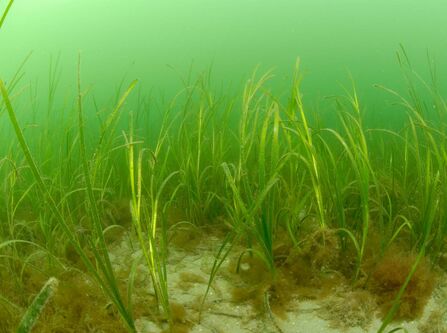
© Paul Naylor, marinephoto.co.uk
Seagrass
It’s not just on land that habitats suck up carbon. Underwater meadows of seagrass are super speedy at absorbing carbon, storing it 35 times faster than a rainforest! But we’re also losing seagrass meadows at a super speedy rate because of things like extreme storms caused by climate change, and pollution in our seas. We think we’re losing two football pitches of seagrass meadows every hour! We need to change the way we treat our seas to make sure this type of habitat can help us fight the climate crisis.
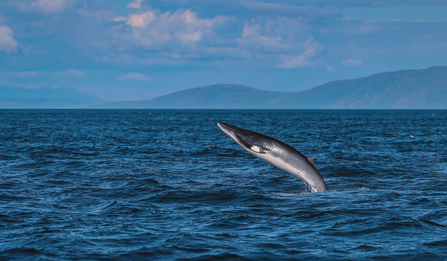
Tom Mcdonnell
Sea Life
It’s not just habitats that help soak up carbon, our amazing animals do too! All animals store carbon, and the bigger the animal, the more carbon it stores. Whales are brilliant at this, and their superpower is helping other organisms to suck up carbon as well. They dive deep into the ocean to feed, then rise to the surface and poop out nutrient rich poo, which is used by phytoplankton (tiny ocean creatures) to photosynthesise just like plants do, sucking up carbon and replacing it with oxygen. When they die, the whales will sink to the bottom of the sea, where the carbon in their bodies will be reused in the food chain and can be locked away in the sea floor for thousands of years. We need to help our ocean animals thrive, because the more animals we have, the more carbon they will store!

